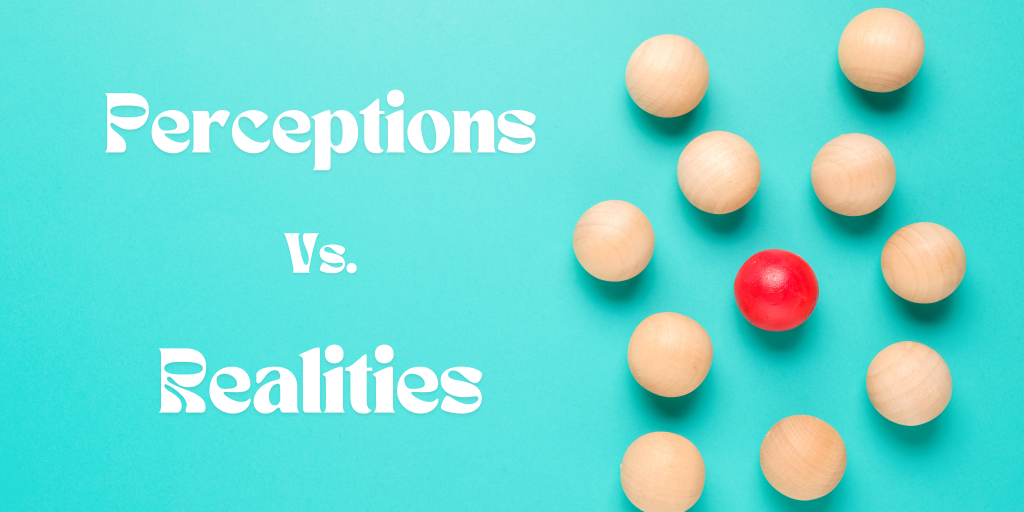Mind Your Manners: A Guide to Proper Device Use in Meetings
It’s part of any given work day: Your phone’s buzzing. Emails are piling up. That Slack notification? Feels like it needs an immediate response. But here’s the thing—when you’re in a meeting, none of that matters as much as what’s happening in the room.
Think about it. Someone’s sharing an idea, and you’re busy checking your phone. What does that say? Even if you don’t mean it, it screams, “This isn’t important to me.”
Professionalism is about presence. It’s about respect. And your device habits? They say more about you than you might realize.
Why Device Etiquette Matters
Meetings are about collaboration. Ideas. Connection. But when someone’s glued to their phone—or worse, typing furiously on their laptop—it sends the wrong message.
Here’s what it might be saying:
- “I’m not paying attention.”
- “This isn’t my priority.”
- “I’d rather be somewhere else.”
Even if you’re checking your email for work reasons, it can come across as dismissive. And perception? It’s everything.
Good device etiquette isn’t hard. It’s just a matter of being mindful.
The Basics of Device Etiquette
Let’s break it down.
1. Silence Your Devices
No one likes a loud phone in the middle of a meeting. The ping. The buzz. The dreaded ringtone. It disrupts the flow, shifts focus, and frankly, it’s just plain annoying.
Before you step into the room, put your phone on silent—or better yet, turn it off. Not on vibrate. Silent.
Pro tip: If you’re worried you’ll forget, make it a habit. Walk into every meeting like you’re entering a movie theater. Silence first, then sit down.
2. Keep Devices Out of Sight
Ever noticed how a phone sitting on the table pulls your attention? Even if you’re not touching it, it’s there. A silent distraction.
When you’re not using it, tuck your phone away. In your bag. Your pocket. Anywhere but the table. Removing it from sight helps you stay present—and shows others you’re fully engaged.
3. Use Devices Only When Necessary
Sometimes, you need your laptop or phone during a meeting. Maybe you’re referencing notes or sharing messages. That’s fine! But if you’re using your device, make sure it’s meeting-related.
Checking Instagram? Absolutely not.
Replying to a non-urgent text? Also no.
Keep it on topic. If you’re multitasking, people will notice. And they won’t be impressed.
4. Be Transparent About Your Device Use
Have to use a device in a meeting? Let people know.
A quick heads-up can make all the difference. For example:
- “I’ll be using my laptop to take notes during this discussion.”
- “I may need to check my phone for an important update—I’ll keep it brief.”
This shows respect. It’s a small gesture, but it builds trust.
5. Don’t Create a Wall Between You and Others
You know the type. Laptop open, screen high, head down, typing away like they’re writing the next great novel. It’s like they’ve built a physical barrier between themselves and everyone else.
Don’t be that person.
If you’re using a laptop, keep the screen low. Stay engaged. Look up. Make eye contact. Your body language matters just as much as what you say—or don’t say.
When Emergencies Happen
Life happens. Maybe you’re waiting for an urgent call or dealing with a personal issue. That’s okay—but handle it professionally.
Here’s how:
- Let people know upfront. Say, “I’m expecting an important call. I’ll step out if it comes through.”
- Be quick. If you need to check your phone, do it discreetly. Step outside if possible.
- Apologize for the interruption. Even if it’s unavoidable, a simple “thanks for understanding” goes a long way.
Think About Device-Free Meetings
Some teams are adopting “no devices” rules during meetings. Sounds intense, right? But there’s a reason—it works.
Here’s why:
- More focus. Without distractions, people stay present.
- Better collaboration. No devices = more eye contact and real engagement.
- Fewer interruptions. No buzzing phones. No clacking keyboards. Just meaningful conversation.
If your team tries this, set the expectation beforehand. Provide notepads and pens for taking notes. And as the leader? Lead by example.
Why Your Manners Matter
Think of meetings as a stage. How you act is part of your performance. Your device etiquette isn’t just about being polite—it’s about your reputation.
Good device habits show:
- You respect others’ time.
- You’re disciplined and focused.
- You’re self-aware.
These traits stick with people. They notice. And they’ll remember you for all the right reasons.
Ready to Take Your Professionalism Up a Notch?
Device etiquette is just one part of the puzzle. At Connected Momentum, we specialize in helping professionals refine their presence and communication skills at large.
Whether you’re looking to sharpen your business etiquette or improve your networking abilities , look to Connected Momentum for help. We also offer professional development training in Tampa Bay for those who want to dive even deeper.
Want to learn more? Visit our wbsite and discover how we can help you leave a lasting impression—without a device distracting you along the way.
The post Mind Your Manners: A Guide to Proper Device Use in Meetings first appeared on .




